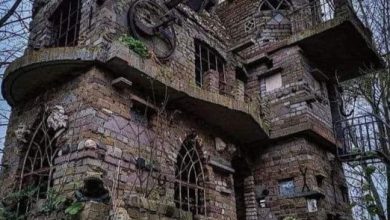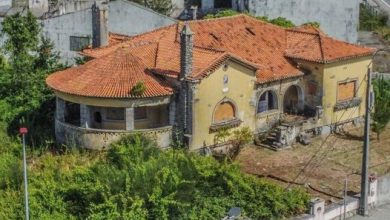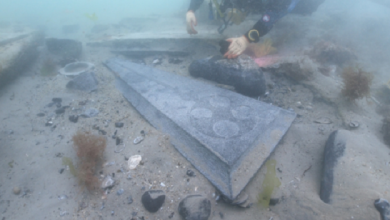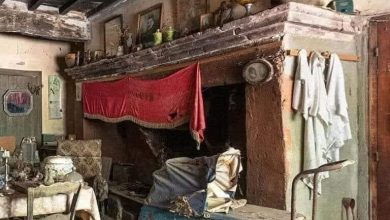The James Flood Mansion in San Francisco, California
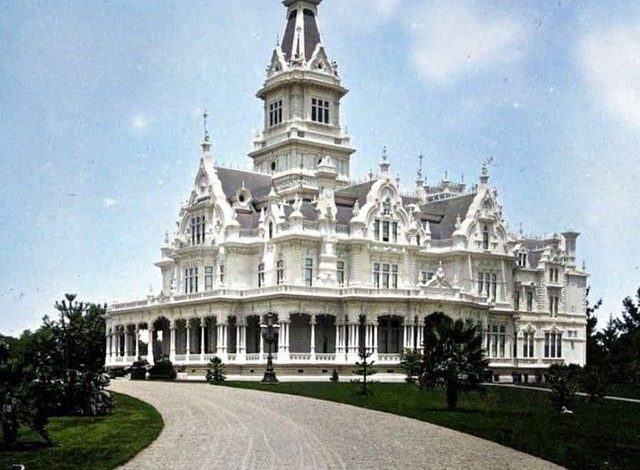
The James Flood Mansion, located on Nob Hill in San Francisco, California, is a remarkable testament to the grandeur and resilience of the late 19th-century architecture. Built in 1886, this mansion is one of the few structures that survived the devastating 1906 San Francisco earthquake and fire, standing as a symbol of historical and architectural significance.
Designed by the prominent architectural firm Curlett & Cuthbertson, the James Flood Mansion is a prime example of Beaux-Arts architecture, a style characterized by its grandeur, symmetry, and elaborate detailing. The mansion’s exterior is constructed from Colusa sandstone, giving it a stately and enduring presence. Its robust structure and intricate design elements, including ornamental carvings, arched windows, and a prominent cornice, reflect the opulence of the Gilded Age.
The interior of the mansion is equally impressive, featuring lavishly decorated rooms with high ceilings, grand staircases, and rich wood paneling. The use of luxurious materials and attention to detail in the interior design showcase the wealth and social status of its original owner, James Flood.
James Clair Flood, the mansion’s namesake, was an Irish immigrant who became one of California’s most successful financiers and silver barons. Flood made his fortune through investments in the Comstock Lode, a rich vein of silver ore discovered in Nevada. His success in the mining industry allowed him to amass significant wealth, which he used to commission the construction of the mansion.
The Flood Mansion was originally built as a private residence for Flood and his family. However, after Flood’s death, the mansion underwent several changes in ownership and function. It was acquired by the Pacific-Union Club in 1923, a prestigious private social club that continues to occupy the building to this day.
One of the most remarkable aspects of the Flood Mansion’s history is its survival of the 1906 San Francisco earthquake and subsequent fire. While much of the city was destroyed, the mansion’s solid stone construction allowed it to withstand the earthquake’s tremors and the fire’s ravages. This resilience not only preserved the building itself but also provided a sense of continuity and hope for the city during a time of great devastation.
Today, the James Flood Mansion is recognized as a San Francisco Designated Landmark, celebrated for its architectural beauty and historical importance. Preservation efforts have ensured that the mansion retains its original character and splendor, allowing visitors to appreciate its historical significance and architectural excellence.
As the home of the Pacific-Union Club, the mansion is not open to the general public, which adds an air of exclusivity and mystique to this iconic building. However, its exterior remains a popular sight for tourists and architecture enthusiasts who visit Nob Hill.
The Flood Mansion is more than just an architectural masterpiece; it is a cultural landmark that represents the resilience and rebirth of San Francisco following one of the most catastrophic events in the city’s history. It stands as a testament to the city’s rich heritage and the enduring legacy of its early pioneers, like James Flood.
In conclusion, the James Flood Mansion is a significant historical and architectural treasure in San Francisco. Its Beaux-Arts design, historical resilience, and continued preservation contribute to its status as a beloved landmark. The mansion’s story reflects the opulence of the Gilded Age, the fortitude of its construction, and the indomitable spirit of San Francisco.
